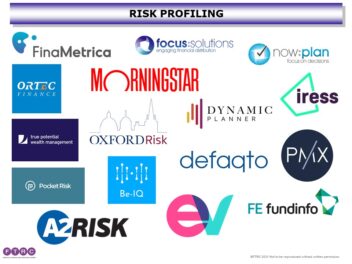
When selecting any software for an adviser business it is essential to have a clear understanding of the issues you are looking to address. If you don’t begin by clearly defining the problems you wish to solve, how can the solution selected have any chance of fully addressing your needs?
I can’t overstress the importance of this. Choosing software for your business is probably a once in a decade decision, make the wrong choice and you will spend years regretting it.
I’m regularly asked by advisers to give a one-line answer to the question “which is the best (insert type of system they are looking for) in the market?” This is like a consumer asking an adviser to make a specific pension product and funds recommendation without a single word of a fact find.
When selecting software this of your firm as your most important client, because if you get this decision wrong, it will impact what you can do for every other client as well as your profitability and efficiency.

In my experience most adviser software implementations that fail to deliver what the adviser firm wants, do so for one of three reasons. The first is that the firm buying the software did not have a clear enough understanding of their objectives before buying a system.
The second reason is that the system wasn’t actually suited to meeting the objectives of the firm and the third, that not enough training was provided to ensure that the firm’s staff can achieve the full benefit of the system.
And in a post RDR world advice firms are using more and more software to help them manage client relationships and deliver advice. If selected properly these tools should bring enormous benefits. They will encourage consistent processes, reduce the amount of time taken to support each client and provide a far better customer experience.
Financial planning software is not new, indeed in the US its origins date back to 1969 when Gus Hansch started designing a system that would become known as Financial Profiles. That product still lives on today as part of the Advicent suite used by eight of America’s top 10 banks and seven of the top eight North American insurers, four of which are the largest across the globe.

The father of financial planning software in the UK was very much Paul Etheridge who in 1984 started Prestwood Software, another product which continues to be available today primarily now in the Truth and Truth Pro products.
In recent years several clear trends have emerged in the financial planning software market. Essentially this now falls into three categories. First, the long established, very detailed systems. Some advisers are ardent advocates of these packages whereas others find them too complicated, both in terms of use and perhaps more importantly how easy they are for the client to understand. Prestwood Truth and Voyant are probably the best-known names in this category.

The second group are a range of new entrants who, largely driven by complaints that established offerings are too complex have focused on ease of use. These include CashCalc, i4c and Focus Solutions Digital Cashflow
A third category is very simple “light touch” systems that provide a very simple analysis but can be quick and very easy to use. Examples of these are Moneyscope and PlanLab.
Each of these groups have their fans, it is not that one is better than the other, rather a matter of what the adviser prefers to work with. At the risk of repeating myself it is crucial that firms decide which of these three different approaches is right for them and their clients. You could conceivably have a situation where a firm might use more than one tool with perhaps something simpler for entry-level clients and something more detailed for a more complex customer proposition.
Another significant development in recent years is the ability of advisers to take a best of breed approach in selecting the various tools they wish to work with. This means that a firm might use one of the main practice management systems i.e. Intelliflo, Iress X Plan, Focus Digital, Praemium Wealthcraft (formerly known as Plum Software), Benchmark/Creative Technology Enable system, Time4Advice Curo or True Potential as their core practice management system and then separately select different, individual, risk profiling systems, financial planning tools, cash flow modelling, portfolio modelling and rebalancing tools based on their individual preference.
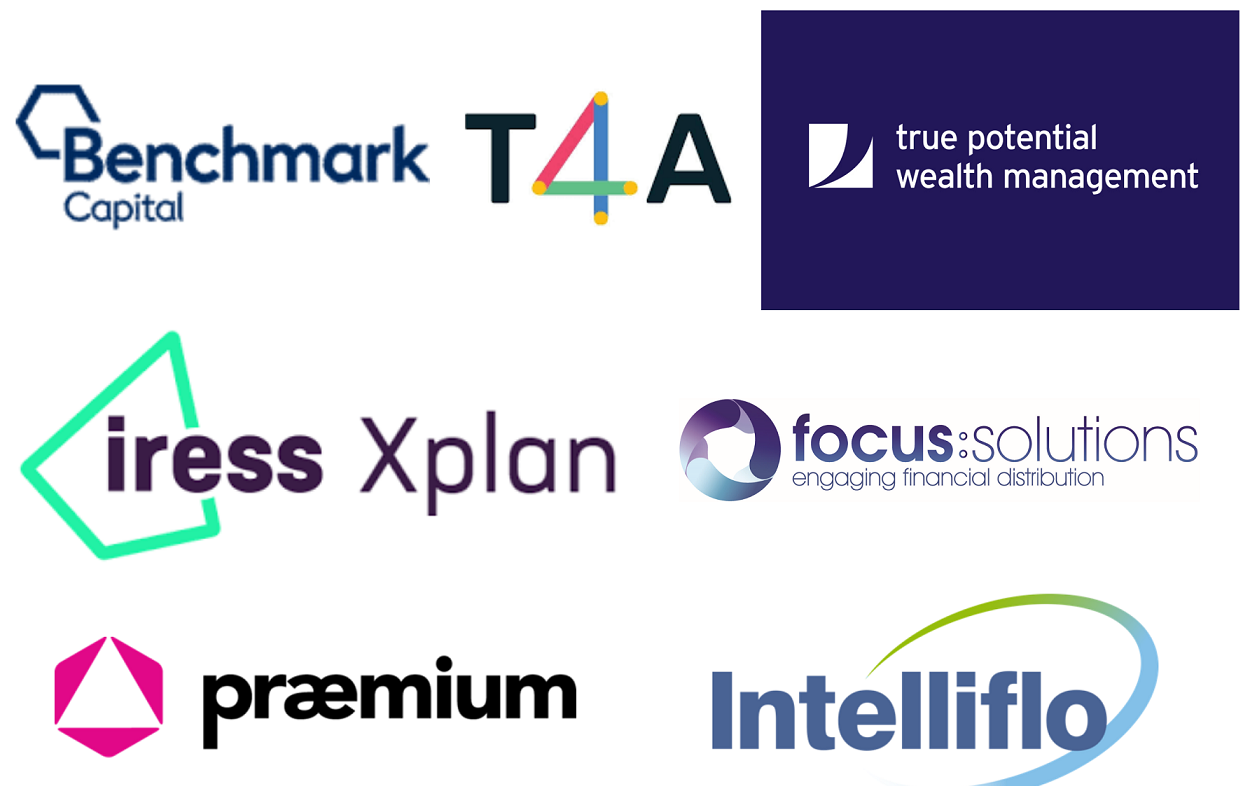
Until recently very few, if any, different software products talked to each other effectively. For the most part if an adviser used multiple tools this necessitated significant manual re-entry of data between the different tools, with the risk of human error each time data is transferred.
Historically to achieve real integration where two different systems would share information to and from each other reliably and accurately required a significant level of bespoke engineering between the two systems, both initially to build such tight integration but also on an ongoing basis, as each time one system changed there would need to be the corresponding change in the other system. From a practical perspective this is both difficult and expensive to maintain.

With the increased use of Application Program Interfaces (APIs) this is now far easier, however it is important to stress that it still requires some significant effort and maintenance. Essentially if one organisation publishes their API another 10 consume this so that each consuming company’s software is built around the API of the first company.
For the first company maintaining this is relatively simple; they change their API once and it applies to all other systems they work with. However every time the first company changes its API each second company i.e. the ones that have built the first companies API into their system (this is known as consuming the API) have to make all the necessary changes in their own systems to reflect changes in the first company’s API. Ideally firms providing APIs will operate good version control and allow consumers of their APIs to drive the adoption of enhancements at their own pace and also make them backwards compatible, so former integrations do not break when changes are made.
There is perhaps understandably a frequent assumption that if two systems worked well together the cost of the two combined products might be less. In reality because of the additional work that needs to be carried out and maintained users should expect to pay more for systems that successfully maintain detailed integration, not less.
Some people choose to select risk profiling and portfolio modelling/rebalancing tools as individual items. There has been a historic misconception that these can easily be mixed and matched, in practice this is far from the case as they need to be calibrated consistently. Output from one risk profiling system set at a number or a risk category may bear no relation to a similar risk number or category in a different portfolio tool.
If you are looking at buying different tools from independent suppliers it is crucial to understand that the different components have been properly mapped so that values are consistent.
I will return to the question of selecting risk profiling, portfolio management, optimisation and rebalancing tools in a later article, but it is essential to consider the above when deciding if overall you wish to follow a best of breed or single solution strategy.
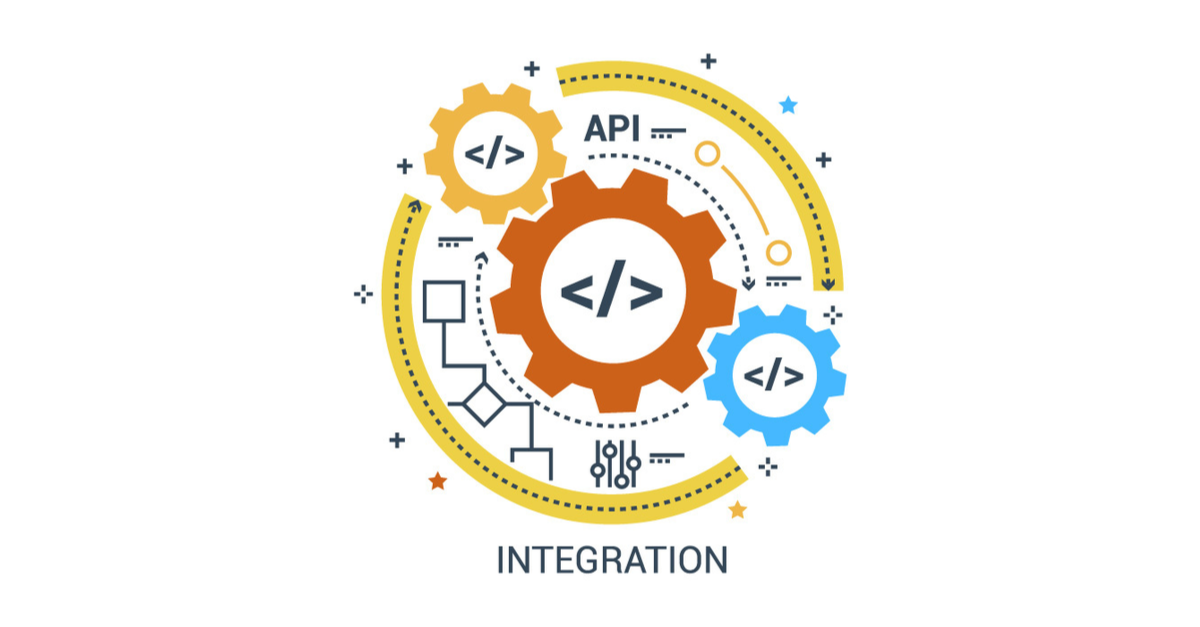
In making this decision it is worth remembering that each different software supplier that has to integrate with your existing systems is a potential point of failure so there is a strong case for having as few of these as possible, however there is also an argument that certain niche suppliers may be particularly good at their specific activity because they are specialising in a subject rather than producing a general solution. Pension transfer software and specialist protection comparison systems are good examples of this.
Both Defaqto Engage and Distribution Technology’s Dynamic Planner are in the process of being evolved into almost end to end solutions. These will offer everything an adviser would need, apart from the practice management system components. It makes a lot of sense that the practice management elements are being treated separately as many firms will not want to move their practice management system to take on additional services. To do so would detract from the process of deploying and training staff on the rest of the end to end offering.
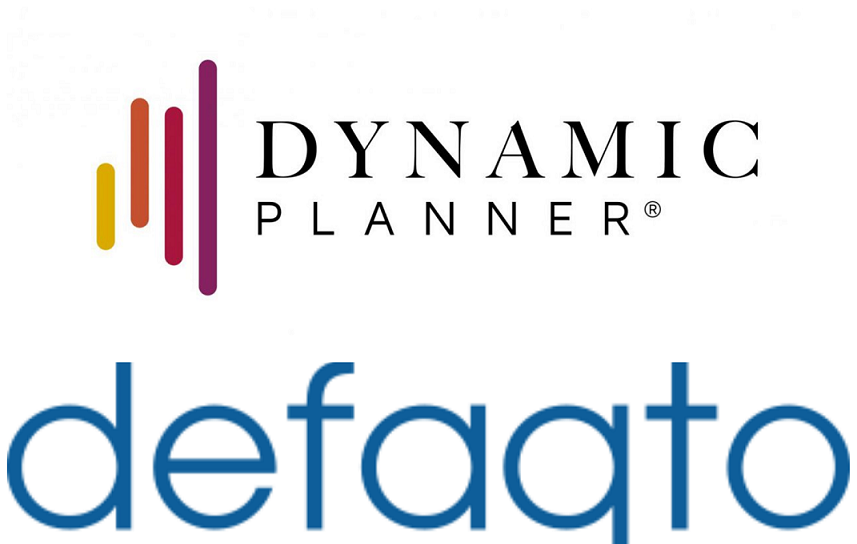
My current view is some parts of each are far more evolved than the others and looking at the two would probably warrant an article in its own right. Also, the emerging Plan Snappy system are positioning themselves as offering an entire end to end solution including practice management. This can’t be judged until the software is launched.
Finally, it is worth mentioning that there are a number of international systems providers developing extremely powerful components which, if they brought them to the UK, could be transformational. At this stage these are probably only serious options for the largest firms as localisation would require some significant investment by either the software supplier or the advice firm. These include:
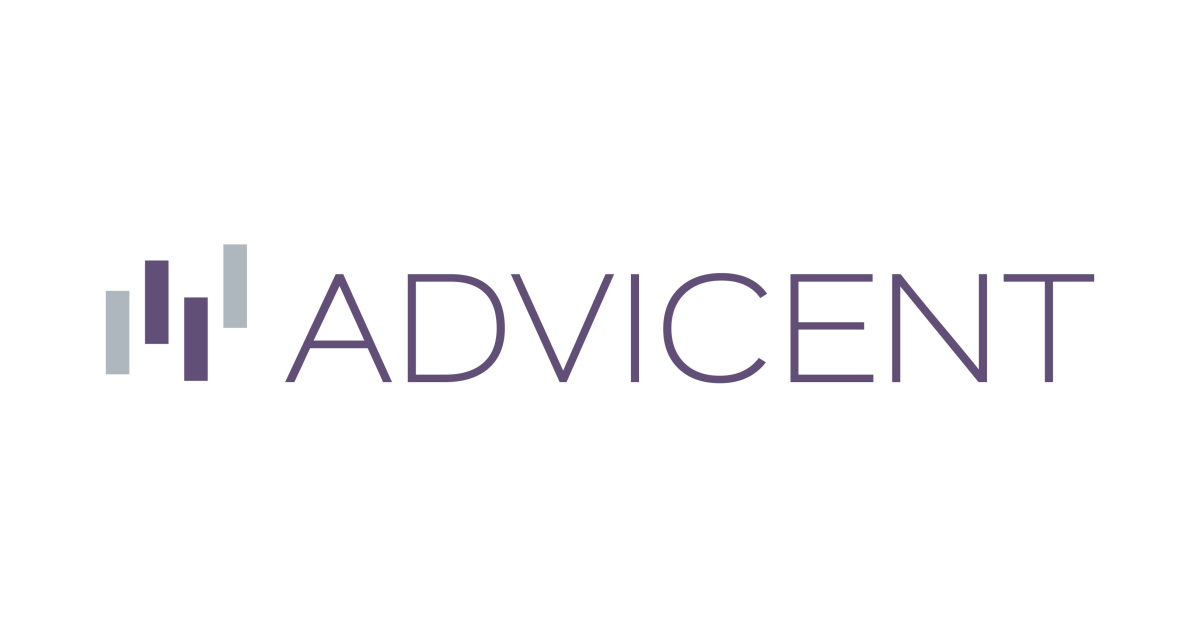
Advicent, who while not very active in the UK currently supply financial planning software to eight of the top 10 banks in the United States, five of the top six banks in Canada and the four largest insurance companies in the world. Many of these users individually produce over 500,000 financial plans each per year.
The sheer scale of their operation enables them to deliver very powerful tools to retail advisers for a fraction of what it might otherwise cost. The company already operate in eight countries and are looking to grow their UK presence.
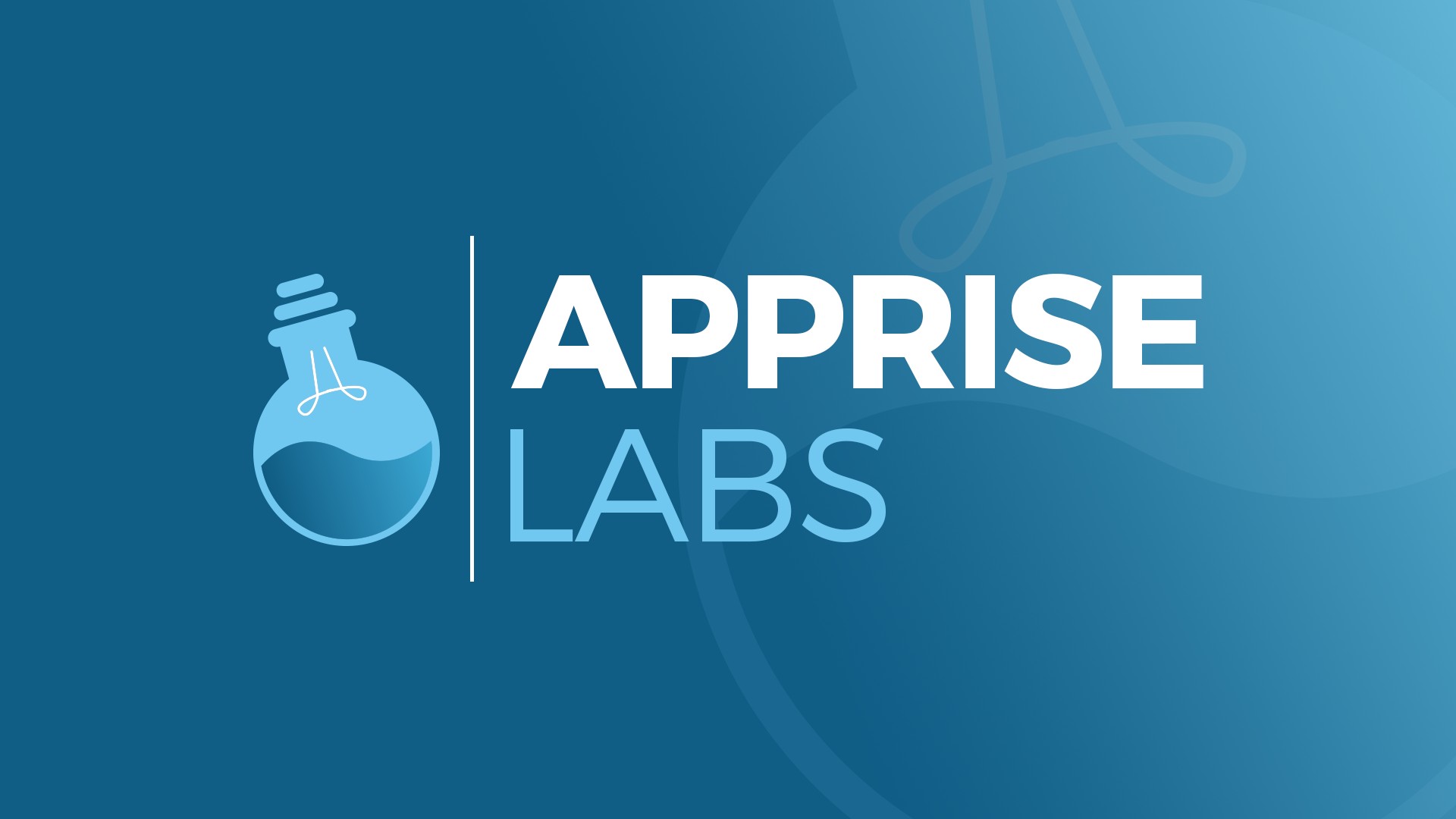
Apprise Labs has been set up as a joint venture between Envestnet, who produce the most popular financial planning system in the US, MoneyGuidePro, and also own the Yodlee Open Banking aggregation system, and Edmund Walters who built and sold eMoney to Fidelity. This is an incredibly powerful cash flow planning system which also benefits from a beautiful touch-controlled user interface. It is really designed for use with customers with assets over $ 5million and specifically addresses dealing with the challenges of wealth transfer between generations but it could be used with customers with far more modest assets.
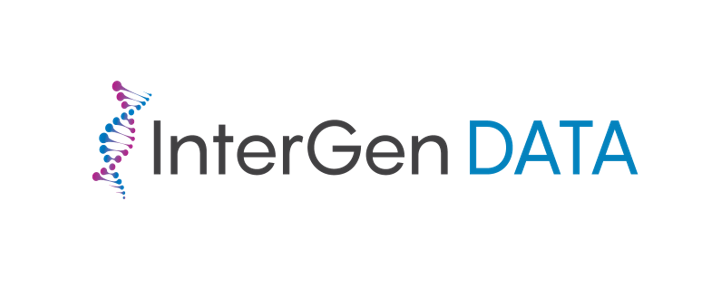
InterGen Data is a US-based financial planning tool which uses artificial intelligence and vast amounts more data than are traditionally involved in financial planning software, including for example two generations of family health history, i.e. including both parents and all four grandparents, along with information on ethnicity, occupation, geographical location, level of education and subjects studied to produce far more accurate, client specific models of an individual’s personal future life.
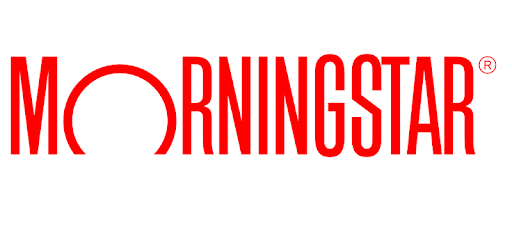
Morningstar have built substantial additional functionality into their US advisor software over the last 12 months including the addition of the Goal Bridge proposition which links behavioural finance-driven financial planning goals technology with the portfolio management and rebalancing process.
This software has already been rolled out in Canada with an Australian version imminent, although no formal announcement has been made the UK would be a natural place to bring the software. In addition, the company recently announced the roadmap for their Advisor Workstation 3.0 product which will include Goal Bridge and a wide range of other digital components to deliver a very powerful integrated solution including the Morningstar risk engine and their vast fund and portfolio comparison capability. Again, UK version of this would be a very powerful service. Significantly Morningstar recently purchased Canadian cash flow planning provider PlanPlus who in addition to their core system also own Australian based Finametrica, one of the most popular risk profiling systems in the UK. One way of another clearly, we are going to see more tools from Morningstar for UK advisers soon.
Who are the players:
- Established complex financial planning tools:
Prestwood Truth, Voyant
- New entrants focused on ease of use while still producing detailed analysis:
Cash Calc, Focus Digital, i4c
- Simple systems for quick solutions:
Moneyscope, PlanLab
- (Almost) End to end integrated financial planning tools with risk profiling and portfolio construction:
Defaqto Engage, Dynamic Planner
- International players who may enter the UK soon with ground-breaking new functionality or other benefits:
Advicent/Figlo, Apprise-labs, InterGen Data, Morningstar Advisor Workstation



